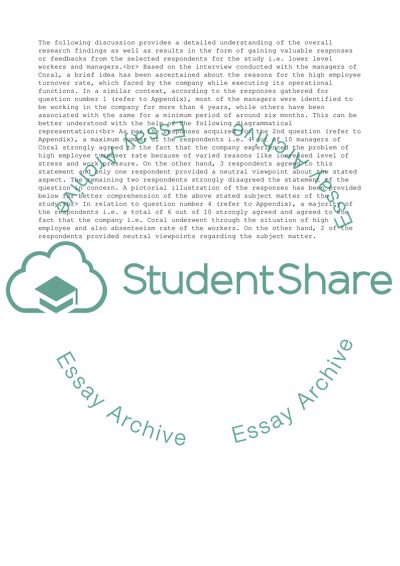Cite this document
(The Factors Caused Extensive Level of Employee Turnover and Research Paper, n.d.)
The Factors Caused Extensive Level of Employee Turnover and Research Paper. Retrieved from https://studentshare.org/management/1676706-research-project
The Factors Caused Extensive Level of Employee Turnover and Research Paper. Retrieved from https://studentshare.org/management/1676706-research-project
(The Factors Caused Extensive Level of Employee Turnover and Research Paper)
The Factors Caused Extensive Level of Employee Turnover and Research Paper. https://studentshare.org/management/1676706-research-project.
The Factors Caused Extensive Level of Employee Turnover and Research Paper. https://studentshare.org/management/1676706-research-project.
“The Factors Caused Extensive Level of Employee Turnover and Research Paper”, n.d. https://studentshare.org/management/1676706-research-project.


